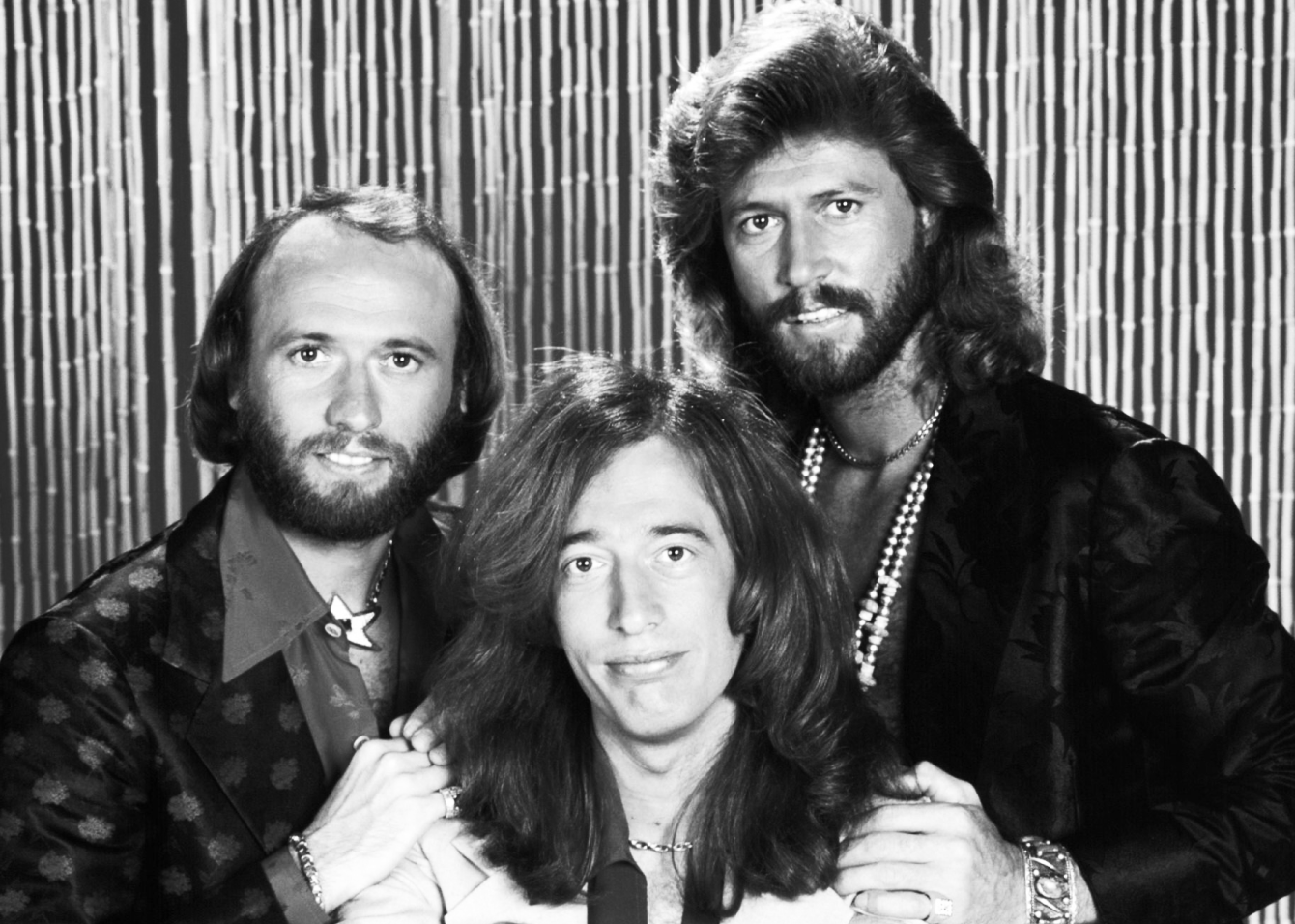Less than a minute. That’s how long it takes someone to form a first impression of you, and your brand sits at an even steeper impression curve. No one feels bad judging a brand the way they might a person. A brand is really the sum of its parts (purpose, values, logo, font, colour, etc.) but a big component of that sum is the tone of voice. So, what is tone of voice?
Tone of voice is how a brand communicates, conveys its message, and signals to its audience that it’s for them and no one else. The easiest way to conceptualize brand voice is to think of a brand like a person. Let’s use Dolly Parton (a personal favourite of mine) as an example. What do you think of when you think of her? Maybe glitzy, tacky, sweet, charming, or even over the top. You might not like her music, but it’s hard to deny she’s got a distinctive brand. You can instantly picture who might listen to her music, what products she might use, and what information you might trust her to convey.
Her tone of voice only adds to that strength of brand. She rarely swears (or cusses as she’d say), hardly speaks ill of anyone, and she has that distinct high toned southern drawl. It helps her demographic identify her in a crowd because they feel like she’s speaking to them. That’s the type of buying power your tone of voice can help you to achieve for your brand.
How to define your brand's tone of voice
Some writer once said that “a rose is still a rose by any other name.” He was most certainly not referring to brands, but it’s applicable. Just because your brand tone of voice isn’t defined doesn’t mean you don’t have one, it just means that it might be characterized as scattered, boring, or generic. Defining (and documenting) a clear brand voice will help you to personify the brand you worked so hard to create. Here’s how:
Step 1) Listen to your buyers
Speaking to your audience in their language can help you to establish your brand as part of the in-group. It says that you know their pains, interests, and goals because you share them. Figure out how your buyers speak and document it.
- What words do they use to describe your product, or the problems your product solves
- Gage their level of communication formality online
- Examine other brands they often follow (you can find this by looking through some of your key customers liked pages on social media) and see how they speak
- Talk to your sales team or account managers about conversation with key contacts. What language was used?
At the very least, you’ll determine how NOT to speak to your audience. If your buyer group is composed primarily of 50+ male executives and your social media is comprised of memes, Gen Z slang, and pop culture references, you’re probably off-base.
Step 2) Identify your brand attributes
The first step in any brand creation process should be purpose and position. After that, congruency is name of the game here — your brand voice should be a natural extension of your platform. The way that Hulk Hogan opens his mouth and you think, “yeah, that makes sense”, your brand should communicate in a way that feels harmonious to your product, positioning, and visual identity.
- How do you want people to feel when they interact with your brand?
- If your brand were a person, what would be its personality traits?
- Friendly, intelligent, thoughtful, resourceful, etc.
- Figure out the corresponding tone of voice characteristics for those brand attributes
- Our brand is helpful, so our voice is friendly and approachable
- Our brand is leading edge so our voice is confident and assured
- Our brand is fun, so our voice is conversational and pleasant
Step 3) Put pen to paper and write clear examples
Interpretation is where intention goes to die. Let’s say you and I work at a gym in the marketing department and one of the brand’s characteristics is inspiring, To you inspiring means uplifting motivation. You think of a warm clap on the back and a “great job champ,” from a coach. To me, inspiring is a drill sergeant screaming in my face to get up and cry later. If we’re both handling the social account for this gym, suddenly the messages are a little off. One post we’re cheering you on from the warm-up to the cooldown and the next we’re yelling the calories off your body. It just doesn’t work.
That’s why you need to clearly define your tone of voice characteristics alongside functional examples.
- Write down a brief description for each tone of voice characteristic
- We are approachable. We use inclusive and gender-neutral language, our tone is always friendly and never harsh or pushy, we use inviting words, and we don’t use references that would exclude our audience like niche jokes or trends.
- Include examples of how that characteristic would look in use
- We are approachable. Here is how one of our captions might sound on Instagram: “Welcome to The Sweat Lounge. We believe in movement for any body and everybody. Join us for a go at your own pace workout, or cool down with us at our smoothie station.”
Step 4) Create a tone of voice document
Unless you’re a one man brand band, someone else is going to write on your organization’s behalf. Be it social media managers, copywriters, Fred from accounting, interns, or partnering brands, someone other than you is going to write words that come from your company. That’s why a tone of voice document is so important, it clearly outlines how you speak and don’t. Here’s what that document needs to include:
- Brand attributes and voice characteristics
- Clear examples of how those attributes should sound
- Any words that you regularly use to describe things specific to your brand of industry including abbreviations or trademarked names
- Your brand style document
- Rules around what to capitalize
- Title case vs. sentence case
- Oxford comma or no
- Any other technical rules on how your brand communicates in writing
Start with your why
A beautiful brand without a purpose is a Ferrari without an engine. Sure, it looks great, but how are you going to take it anywhere? You can’t speak to your demographic without knowing why you’re doing what you’re doing and why you’re different. It’s 2021 and consumers have never had more choices or been more careful in their decision making. They care about who you are and why you do what you do. Tone of voice matters, but you still need to understand the message you’re delivering.
I hope this article taught you all the things you wanted to know (and maybe didn’t want to know) about tone of voice! Still have questions? I’d love to hear from you. Send me an email at santana.blanchette@zgm.ca or friend me on LinkedIn to talk about all things brand voice.
Want to learn more about how to help your brand purpose shine through in your marketing? Join us for our next webinar! Click the box below to reserve your seat.


